
Harvesting the Stem Cells for Bone Marrow Transplant
Bone Marrow and Peripheral Blood Transplantation
Bone marrow and Hematopoietic Stem Cells
Peripheral Blood Stem Cells
Harvesting Stem Cells for PBSC


Types of Bone Marrow and Peripheral Blood Transplants
Deriving Human Embryonic Stem Cells
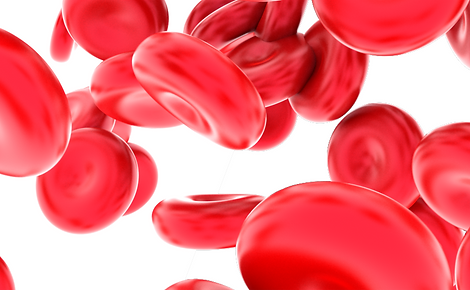
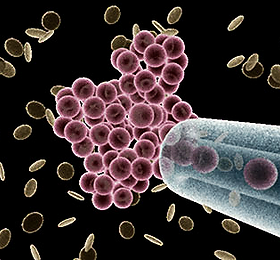
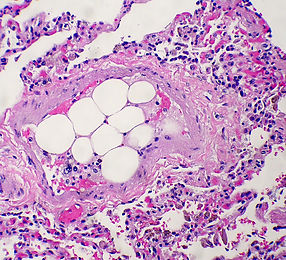

Bone marrow.
FIGURE 130: Stem cells are derived from bone marrow with an aspiration needle.
IMMUNOSURGERY


ALTERED NUCLEAR TRANSFER
This video illustrates the traditional way to derive embryonic stem cells.
(Video 4)
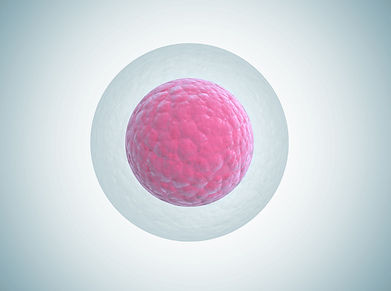
BLASTOMERE EXTRACTION


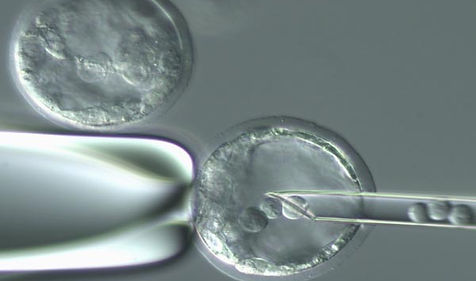
Immunosurgery is the process of the elicitation of the external layer of the embryonic cell. By exposing the inner mass of the blastocyst, it is used to obtain large portions of embryonic stem cells. Due to the relative quickness of the technique, the stem cells can be derived in a shorter period of time.
Bone marrow, peripheral blood transplants, immunosurgery, altered nuclear transfer, and blastomere extraction are used in cancer treatment to help reverse the effects of leukemia and lymphoma, in addition to neuroblastoma and other types of cancer.
Bone marrow is soft, sponge-like tissue that contains non-differentiated cells, called hematopoietic (blood forming) cells. According to the National Cancer Institute, “Hematopoietic stem cells divide to form more blood-forming stem cells, or they mature into one of three types of blood cells: white blood cells, which fight infection; red blood cells, which carry oxygen; and platelets, which help the blood to clot.”
As its name suggests, peripheral blood stem cells are found in the bloodstream. Abbreviated to PBSCs, these stem cells have the same characterisitics of hematopoietic
stem cells and can also be used in transplants.
Due to Peripheral Blood stem cells being located in the bloodstream, apheresis or leukapheresis can be applied to extract the stem cells for the transplantation. NCI states, “In apheresis, blood is removed through a large vein in the arm or a central venous catheter (a flexible tube that is placed in a large vein in the neck, chest, or groin area). The blood goes through a machine that removes the stem cells. The blood is then returned to the donor and the collected cells are stored,” (Citation 103). This process takes anywhere from 4 to 6 hours. Like bone marrow stem cells, they are then preserved by cryopreservation, a process by which the cells are frozen, until the treatment is ready. Apheresis does not use anesthesia, so the worst side effects are fatigue and nausea, as the procedure is safe and causes little pain.
A stem cell donor’s bone marrow extraction must be as genetically similar to the patient as possible, in fear of rejection. The stem cells themselves are extracted from the liquid center of bone, in the marrow. Called “harvesting”, the donor receives anesthesia, and then needles are put into the skin, usually above the pelvic bone. Then the bone marrow is drawn out. This whole process takes roughly one hour to complete. Afterwards, the bone marrow is purified from blood and bone particles and then preserved through cryopreservation. Only a small quantity of bone marrow is removed, so the worst side effect of donating stem cells is feeling tired, as the body replaces the removed stem cells.
Both Blood Marrow Transplants and Peripheral Blood Stem Cell Transplants are used to repair stem cells that have been damaged by chemotherapy and radiation. According to the NCI, the three types of transplants are as follows:
• In autologous transplants, patients receive their own stem cells.
• In syngeneic transplants, patients receive stem cells from their identical twin.
• In allogeneic transplants, patients receive stem cells from their brother, sister, or parent. A person who is not related to the patient (an unrelated donor) also may be used.
JOVE.COM explains how embryonic stem cells are extracted through a process called immunosurgery.
Blastomere Extraction is another process through which an embryo's life is preserved. By deriving embryonic stem cells from a blastomere, a two-day old embryo consisting of eight cells, destruction is avoided. Since only one or two cells are gathered, and at an earlier stage of the development, the embryo is still capable of continuing its life. The cells are then "triggered" to divide and multiply, resulting in an abundance of embryonic stem cells. The utilized embryo can then be implanted back into the mother's uterus, growing into a healthy baby.
Altered Nuclear Transfer (ANT) enables scientists to extract embryonic stem cells without the lethal consequences.
Traditionally, the extraction of the inner mass of the blastocyst of the embryo causes the death of the embryo. Through the somatic nuclear transfer, the necessary embryonic stem cells are acquired from the created embryo. In Altered Nuclear Transfer, the embryo is prevented from being fabricated in the first place. As the name hints, the nucleus, derived from the somatic cell, is altered and reprogrammed, resulting in its DNA producing stem cells without generating an embryo.
(CITATION 106)






